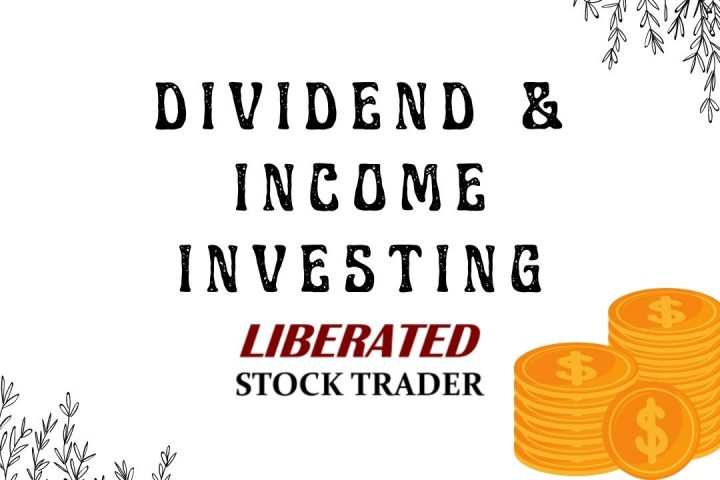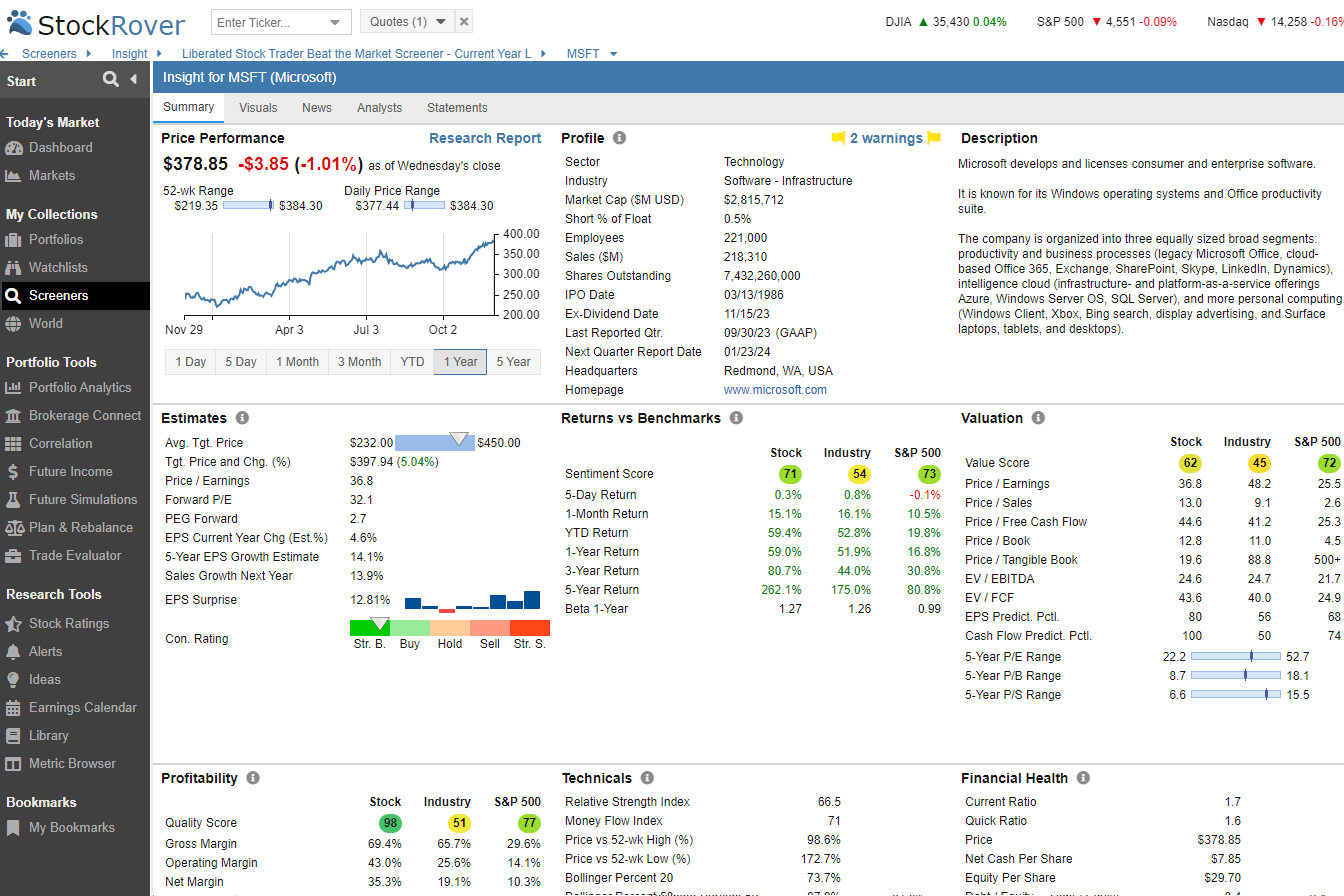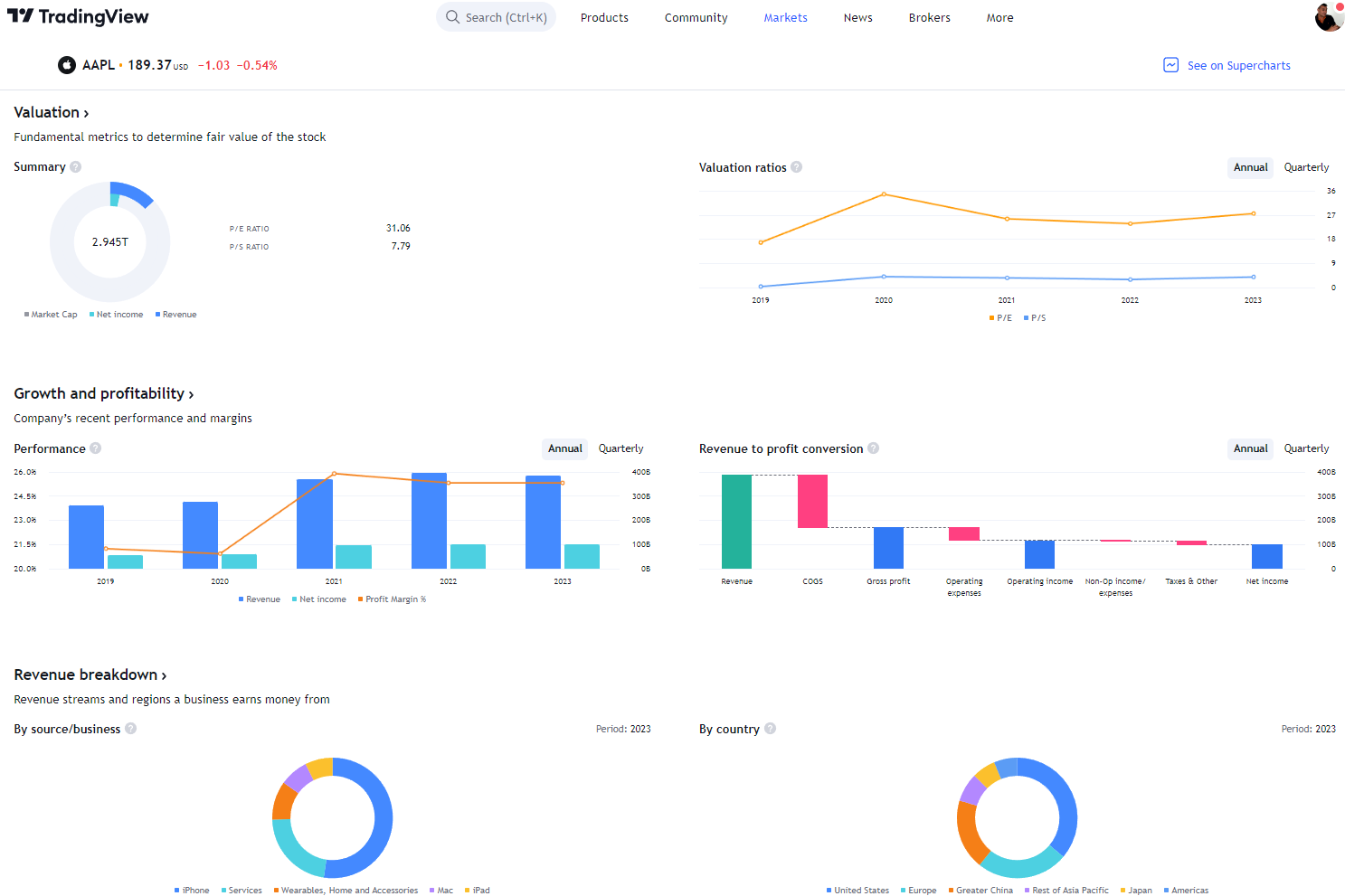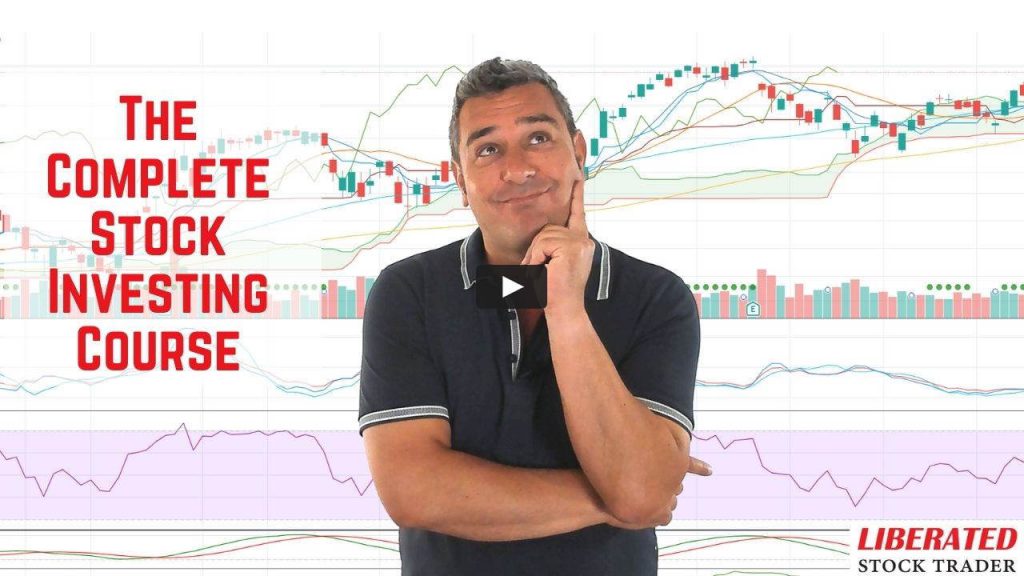Creating long-term wealth requires discipline, planning, and strong execution.
A good way to build long-term wealth is to invest discretionary income into high-quality dividend stocks, reinvest dividends, and let the magic of compounding work over time.
This proven strategy has worked for decades, and while there may be bumps in the road, I believe it will continue to work.

Written by Josh Arnold for Sure Dividend
It works especially well when investors select only the best-of-the-best among dividend stocks, such as the Dividend Aristocrats. This is a popular list of 65 dividend stocks with S&P 500 constituents and at least 25 consecutive years of dividend increases.
In this article, we’ll provide ten tips prospective dividend stock investors should know to best prepare for long-term wealth creation.
1. How To Buy And Hold Dividend Stocks
Getting a brokerage account setup has become much simpler over the years. Countless brokers are available online today, but all are created equal. Some offer “free” trades funded through poor fill prices, meaning the slippage cost of executing a trade can be far greater than simply paying a small fee for a trade with a market fill price.
I urge investors to use trusted, proven brokers rather than those that generate their fees from purposefully executing trades at poor prices on behalf of investors. Brokers that allow easy reinvestment of dividends are also preferable, as I believe this is a great way to take advantage of compounding over time.

Try Powerful Financial Analysis & Research with Stock Rover
2. How Many Dividend Stocks Should You Own?
This is up to personal preference to an extent, but if one owns more than 15 stocks, it can become difficult to monitor and manage. Some investors choose to own more than 15, and some choose less, but here’s what you should consider. The number of stocks should be sufficient to provide ample diversification, but not so many that you cannot effectively monitor each company’s performance and prospects. There is no “magic” number of the correct number of stocks to own, but 10 to 15 is a good starting point.
3. How Much Should You Invest?
Investors should only invest discretionary funds that haven’t been needed for years. That amount is different for each investor, and the bottom line is that I do not believe investing money needed in the short term is prudent. First, short holding periods don’t allow for compounding, and second, there is a risk of short-term loss. Thus, only money that is truly long-term savings should be invested. With that in mind, the more, the better, as it allows for greater compounding over time.
4. Dividend Safety
A key consideration for any dividend investor is dividend safety. There are several ways to define this, but the easiest way is to consider a company’s payout ratio. That is simply the dividend divided by earnings, expressed as a percentage. The lower, the better, which means the company’s dividend is well covered by earnings and, therefore, should be safe. All else equal, a company with a lower payout ratio also has more runway to raise the payout.
5. Earnings Growth
Another consideration is a company’s earnings growth potential. This is a critical factor because earnings growth impacts a company’s ability to pay and raise the existing dividend in the future. More growth equals a safer dividend today and the ability for future dividends to be higher. Earnings growth is more important to dividend investors focused on dividend growth, but I see it as a critical factor for dividend safety.
6. Recession Resilience
Recession resilience is another dividend safety factor in that lesser dividend stocks tend to cut or suspend their dividends during recessions as earnings decline. The Dividend Aristocrats, for instance, have proven their ability to weather the storm of recessionary environments, and that’s one reason I like them. If you’re investing in dividend stocks for the long term, you probably don’t want to own stocks that will cut or eliminate their dividends during each recession. Look at prior recessions for clues on which companies may cut their payouts. By selecting stocks from the Dividend Aristocrats or other lists with longevity criteria, you can easily screen out names that cut their dividends during recessions.
Try TradingView, Our Recommended Tool for International Traders
Global Community, Charts, Screening, Analysis & Broker Integration

Global Financial Analysis for Free on TradingView
7. Tax Considerations
Dividend stocks that are held for long periods are only taxed on capital gains when they’re sold, so that’s another reason why I favor long holding periods. In addition, dividend income is taxed at much lower rates than labor income. So, while investors will be liable for some tax burden each year, it should be minimal. If taxes are a pain point, investors can hold their dividend stocks in a tax-free account, such as an IRA.
8. Diversification
Diversification is a principle I certainly believe in, but it is also a matter of preference. Some investors are okay with the increased risk of concentration, while others prefer a pure index fund that is extremely diversified. Investors should own stocks from various sectors to remove peaks and valleys that inevitably occur in markets naturally. For instance, consumer discretionary stocks tend to move in the opposite direction to utilities. There are many instances of these relationships, and investors should consider their risk tolerance when determining how diversified their portfolio should be. I urge investors to own stocks from at least a handful of sectors.
9. How Long Should You Hold Dividend Stocks?
The answer to this question depends upon one’s retirement timeline or the goal of dividend investing. However, I generally think buying great stocks and then holding them “forever” is favorable. The longer the holding period, the better, as there is more time for dividend compounding and delaying taxes on capital gains. The holding period should be as long as possible unless there is a reason to sell one or more stocks out of the portfolio due to poor performance.
10. Monitoring Your Portfolio
That leads us to our final tip: monitoring the portfolio’s performance. Getting back to the question of how many stocks investors should own, the number should be manageable for monitoring purposes. I believe investors should monitor each earnings report for signs of deterioration in the business that could impact earnings and the dividend.
I also believe investors should monitor dividend safety for signs that a cut or elimination may be on the horizon. Many tools are available online today to help investors do this, but ensuring one’s capital is invested optimally takes time. In other words, I do not believe investors should buy and hold blindly; investing well takes ongoing effort.
Final Thoughts
There are many potential paths to long-term wealth creation, but I believe the optimal path is to buy high-quality dividend stocks and hold them for long periods.
You want to be a successful stock investor but don’t know where to start.
Learning stock market investing on your own can be overwhelming. There’s so much information out there, and it’s hard to know what’s true and what’s not.
Liberated Stock Trader Pro Investing Course
Our pro investing classes are the perfect way to learn stock investing. You will learn everything you need to know about financial analysis, charts, stock screening, and portfolio building so you can start building wealth today.
★ 16 Hours of Video Lessons + eBook ★
★ Complete Financial Analysis Lessons ★
★ 6 Proven Investing Strategies ★
★ Professional Grade Stock Chart Analysis Classes ★

